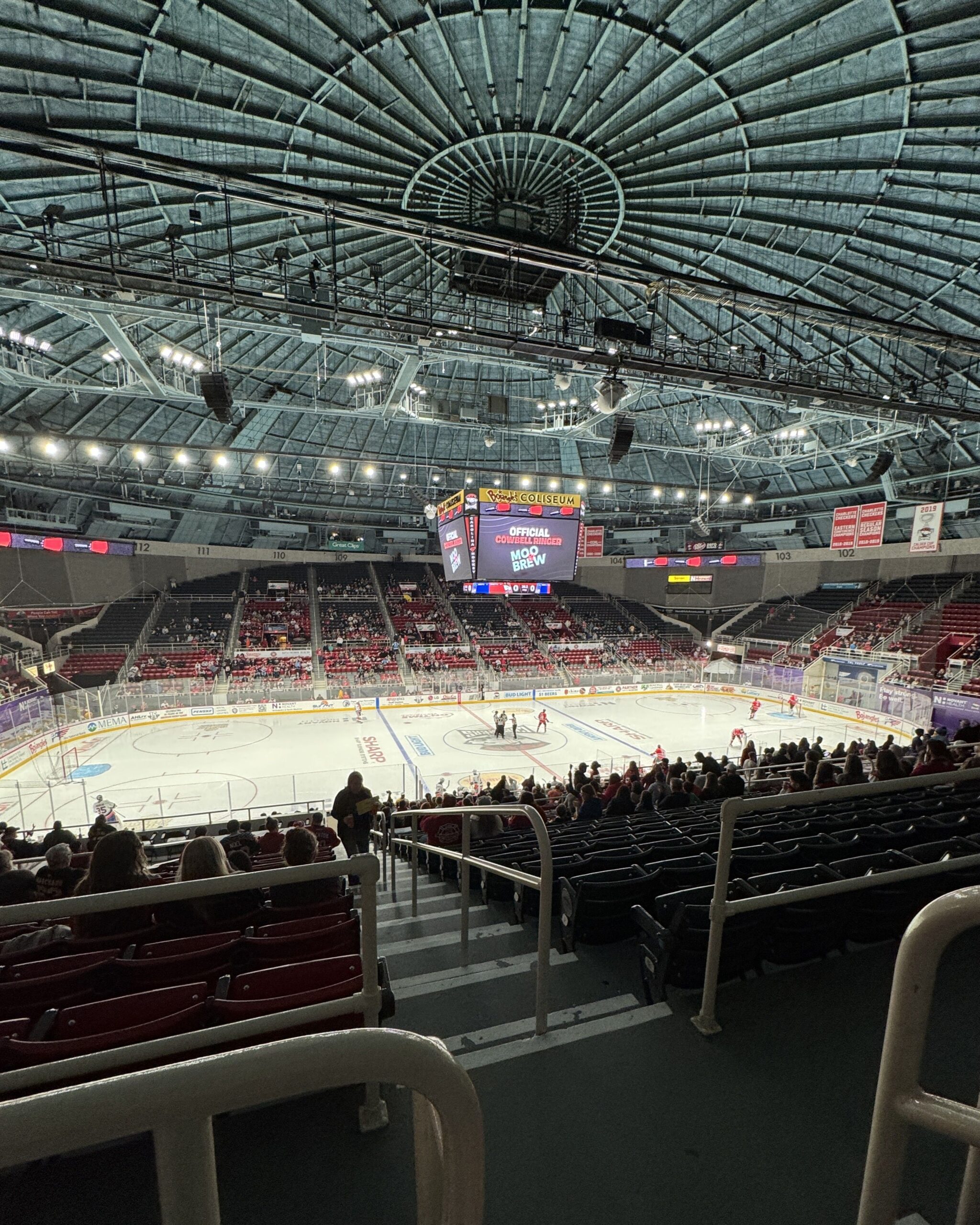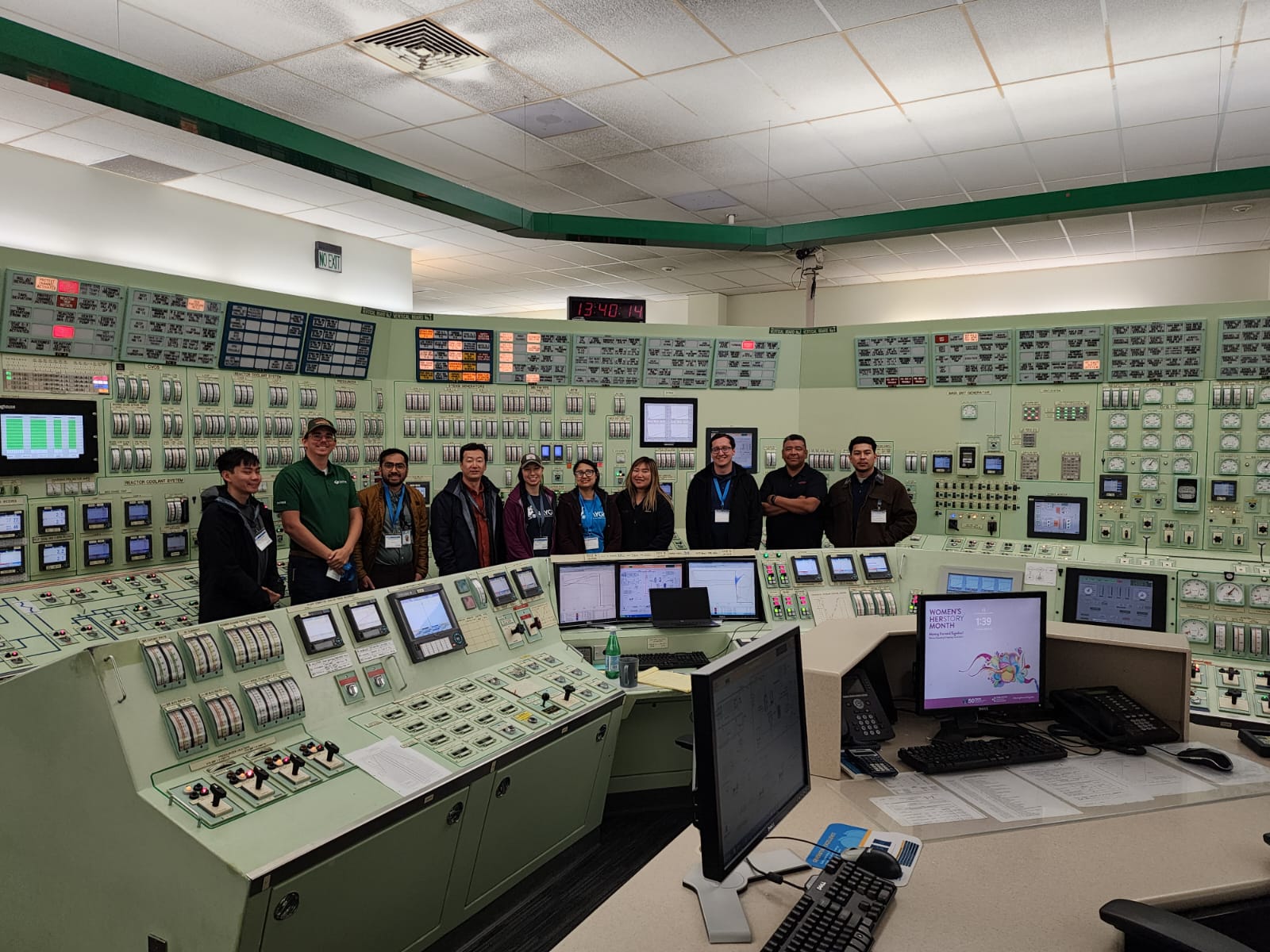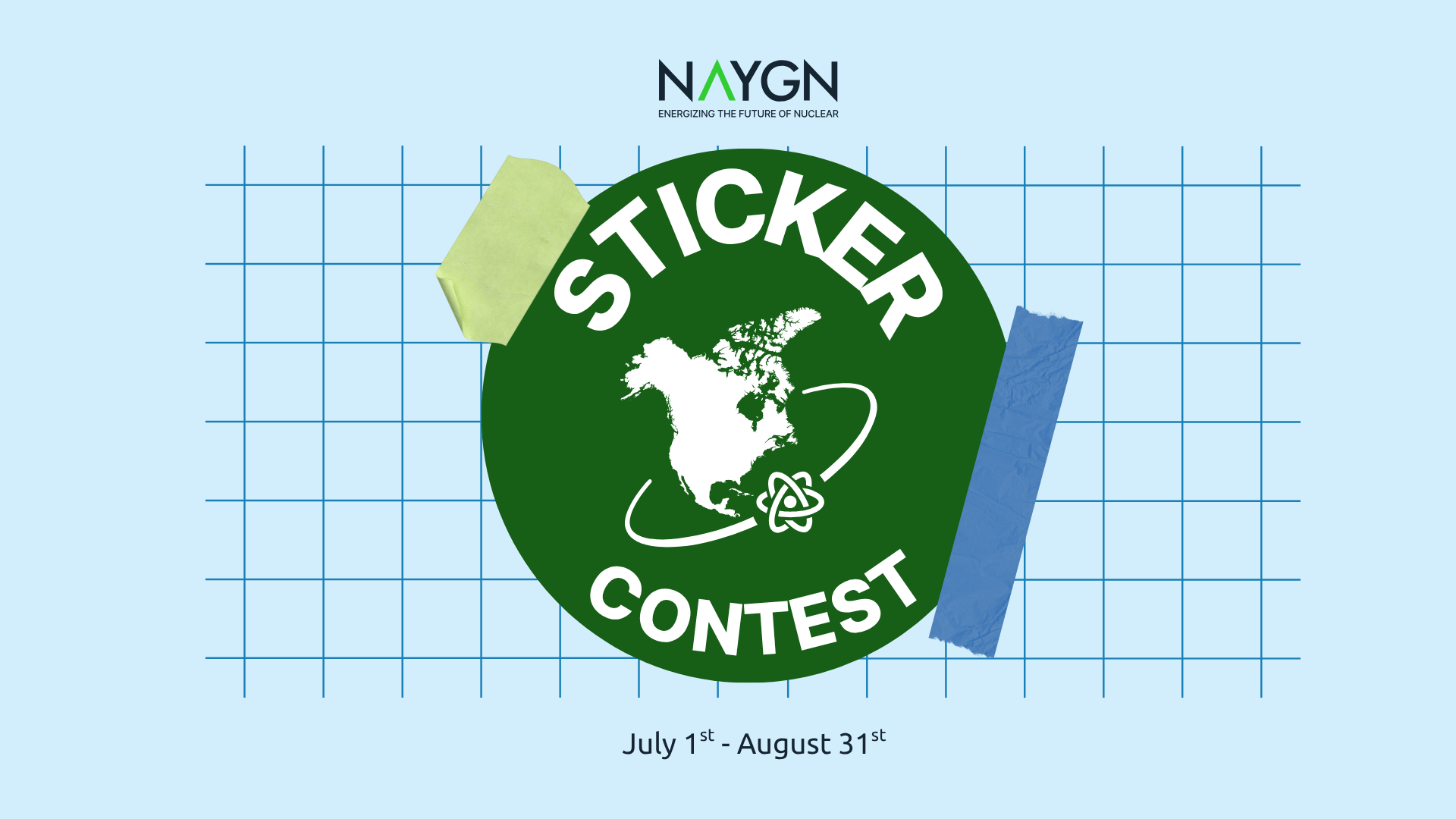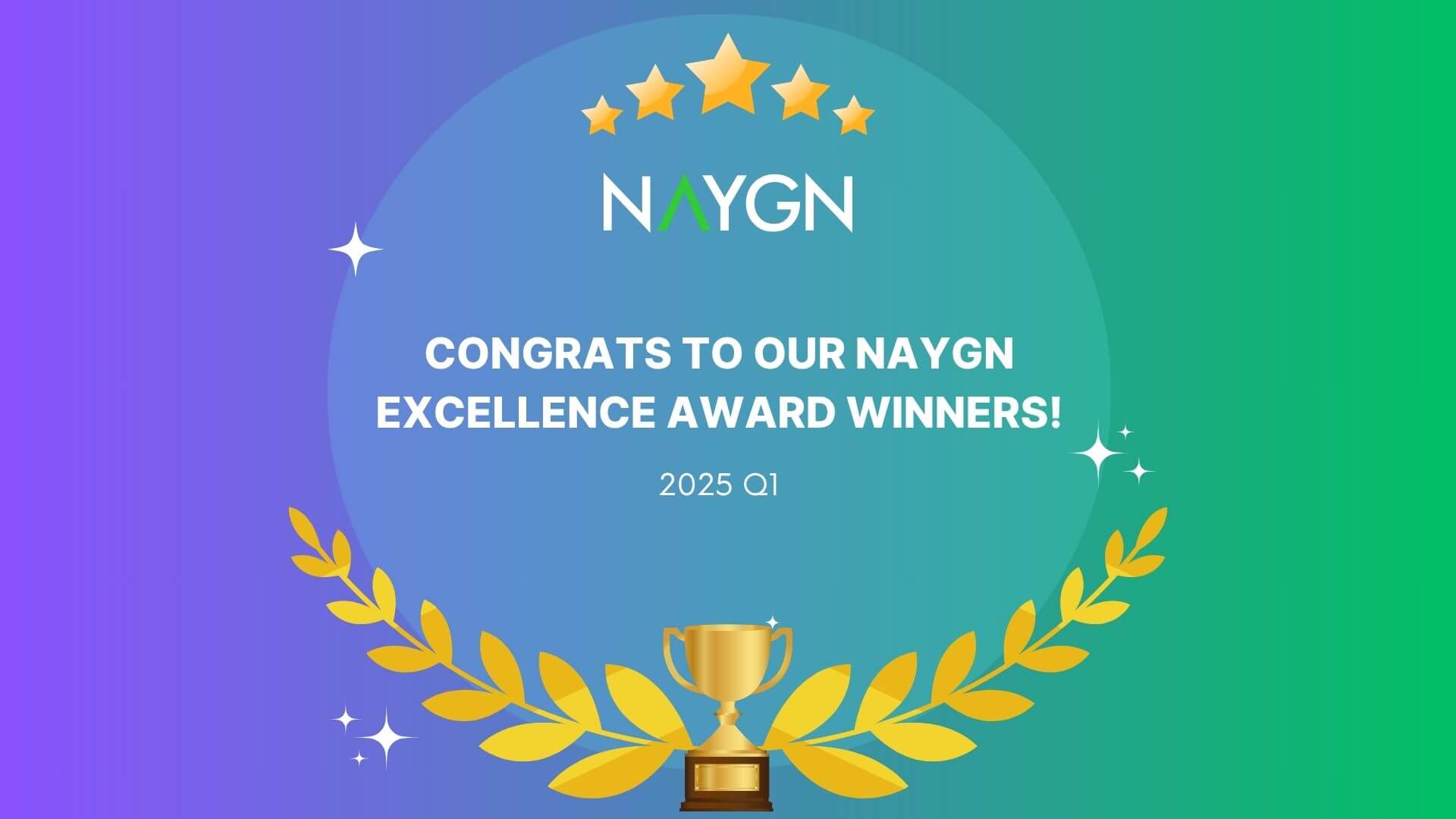NAYGN Working With Industry Peers
Submitted by:
Elizabeth McAndew-Benavides
The North American Young Generation in Nuclear (NAYGN) is an independent volunteer-led organization of young professionals that have an interest in the fields of nuclear science and technology. NAYGN is open to all young professionals and has a broad membership base, but did you ever wonder why NAYGN has low participation from safeguards and nonproliferation young professionals? It’s because this community has its own group.
The International Network of Emerging Nuclear Specialists (INENS) was formed in 2010 following the NPT Review Conference. Since then, the organisation has worked closely with the U.S. Department of State and the International Atomic Energy Agency (IAEA). It has grown in just two years to over 600 members from nearly 70 countries.
“INENS is an active group that provides its members opportunities to discuss nuclear policy,” said Meena Singelee, the group's Executive Director. “We host a bi-annual conference in Washington, D.C. back to back with one of the biggest expert conferences organised by the Carnegie Endowment.”
Focused on promoting next generation cross-disciplinary dialogue and developing practical policy recommendations on nuclear issues, the group found a niche with young professionals working in the Foreign Service, government agencies, academia and non-government organizations (NGOs).
Meena explained, “Many of our members are employed by their national governments or independent policy groups, not the civilian nuclear industry.” She added, “The purpose of fostering engagement among the next generation now is crucial as many of these members will in future be in senior roles within government, international organisations and NGOs.”
NAYGN helped support the INENS North America workshop held April 6 and 7 in Washington, D.C. This workshop hosted approximately 65 participants and featured expert speakers like Assistant Secretary of State Tom Countryman, head of the State Department’s Bureau of International Security and Nonproliferation and Rafael Grossi, Assistant Director General of the IAEA. The vast majority of presenters and participants however, were young experts.
NAYGN's Professional Development Chair, Bobby Ashworth, attended the event and explained that, “I always understood that there were different nuclear fields, but before attending the INENS Conference I did not fully appreciate the diverse perspectives that each field has of itself and other fields.” Bobby continued, “When it comes to nuclear, we all have safety in mind but we may have different ideas about the means to ensure safety.”
NAYGN has adopted a strategy of supporting complementary young-generation organizations to help break down silos. Bobby went on to explain that this is one of the reasons NAYGN chooses to work with groups like INENS, the International Youth Nuclear Congress and the American Nuclear Society's Young Members Group.
“I think it is important that young professionals not silo themselves within their respective nuclear fields. We need to ensure that the government, utilities, suppliers, academics and NGOs communicate effectively with one another so that all perspectives are understood and we are doing everything that is practicable”, said Bobby.
This was a perspective that Meena shared adding, “By engaging the young experts working in policy with those from science and industry, we can provide an opportunity for them to understand the various perspectives within the nuclear field.”
Bobby synthesized the relationship between NAYGN and other young professional groups by explaining, “All of these groups support young professionals in the nuclear industry.” He continued, “When we work together, we can offer a wide range of opportunities and experiences that one organization could not offer on its own.”
NAYGN members can learn more about INENS by visiting its website or following it on Facebook and Twitter (@INENSNuclear). Proceedings from INENS’ April 6 and 7 meeting in Washington, D.C., can be read here. The full conference report will be available on the INENS website from 22 April 2013.




